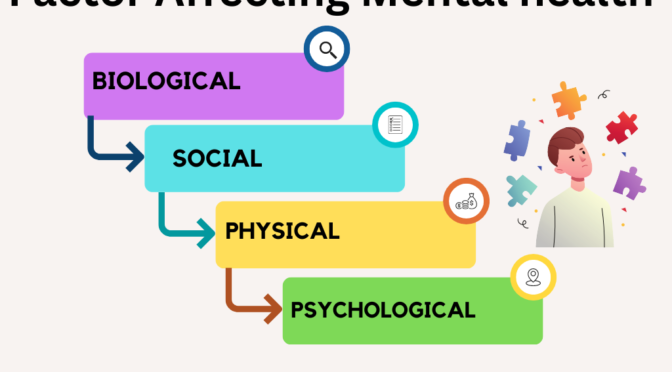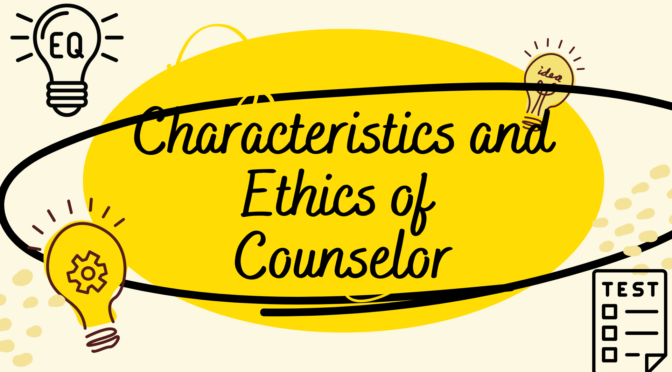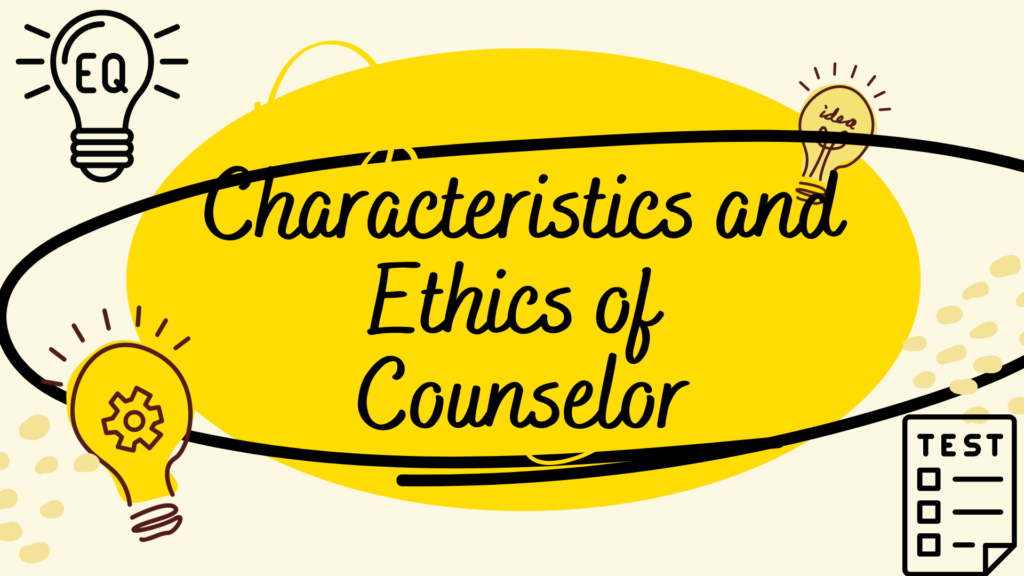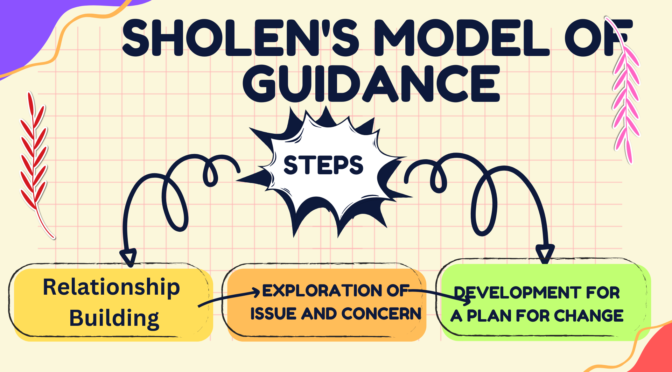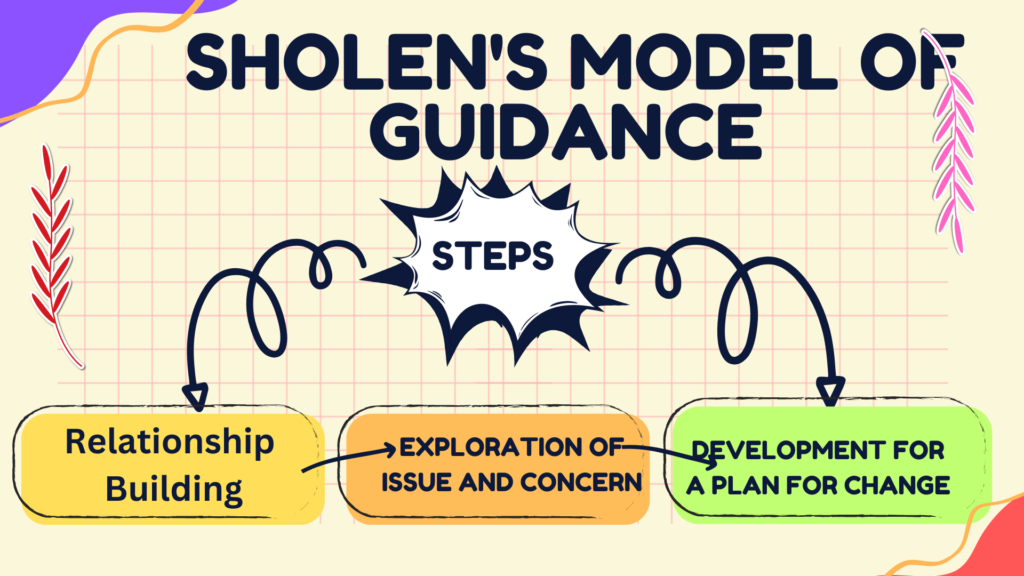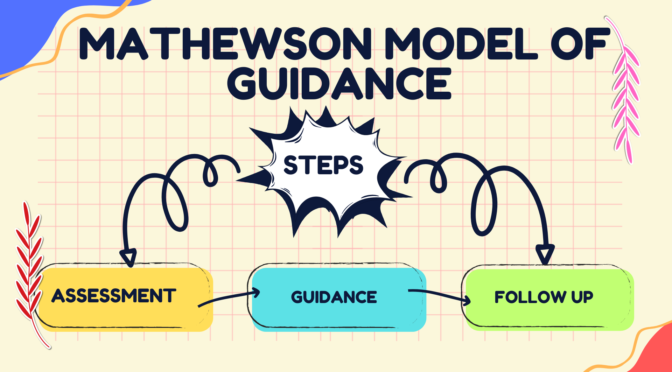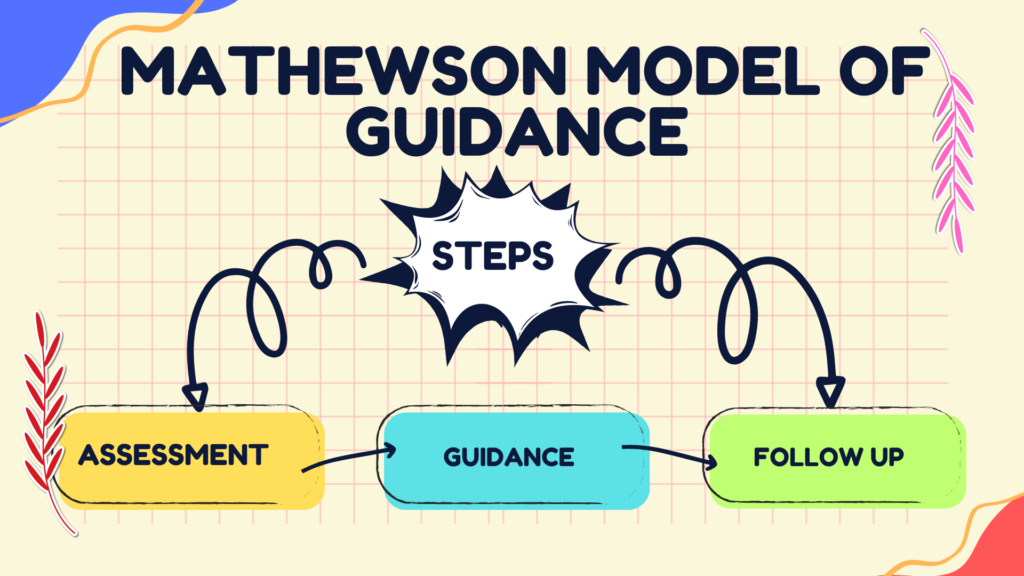Mental health refers to a person’s overall emotional, psychological, and social well-being. Mental health is influenced by a complex interplay of various factors. A Few of the factors affecting mental health are :
- Biological Factors: Genetics, hormonal imbalances, brain chemistry, and other biological factors can contribute to the development of mental health disorders.
- Environmental Factors: Exposure to stressful or traumatic events, such as abuse, neglect, violence, or natural disasters, can have a significant impact on mental health. Other environmental factors, such as poverty, social inequality, discrimination, and lack of access to healthcare and education, can also affect mental health.
- Social Factors: Social factors, such as social support, relationships, and social integration, can play a crucial role in mental health. Isolation, loneliness, and lack of social support can contribute to the development of mental health disorders.
- Lifestyle Factors: Lifestyle factors, such as diet, exercise, sleep, substance abuse, and stress management, can impact mental health. Poor lifestyle habits can increase the risk of developing mental health disorders.
- Psychological Factors: Psychological factors, such as negative thinking patterns, low self-esteem, and poor coping skills, can contribute to the development of mental health disorders.
- Developmental Factors: Developmental factors, such as childhood experiences, can have a significant impact on mental health. Traumatic experiences, such as abuse or neglect, can lead to the development of mental health disorders later in life.
- Cultural Factors: Cultural factors, such as values, beliefs, and traditions, can influence mental health. Cultural stigma and discrimination can also contribute to the development of mental health disorders.
- Economic Factors: Economic factors, such as unemployment, financial stress, and lack of access to healthcare, can impact mental health.
In summary, mental health is influenced by a complex interplay of various factors, including biological, environmental, social, lifestyle, psychological, developmental, cultural, and economic factors. Understanding these factors can help individuals, healthcare professionals, and policymakers develop effective strategies to promote mental health and prevent mental health disorders.
Also Visit : Prep with Harshita
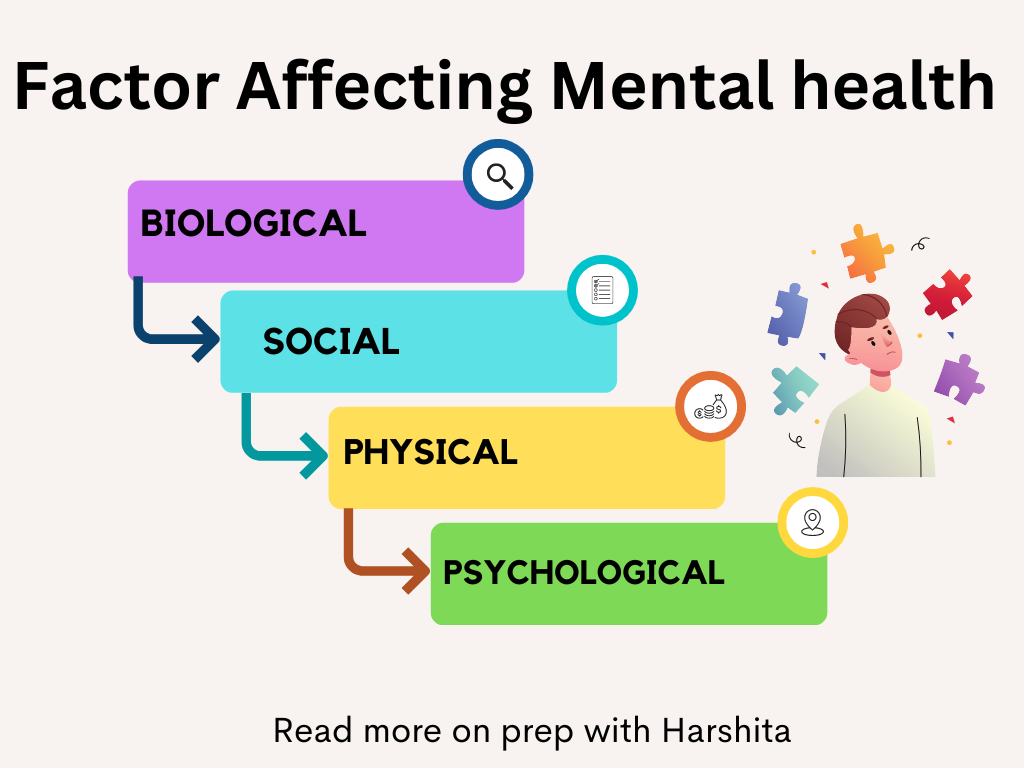
Also Read : Ethics of Counselor

